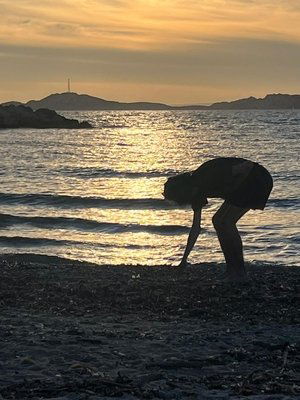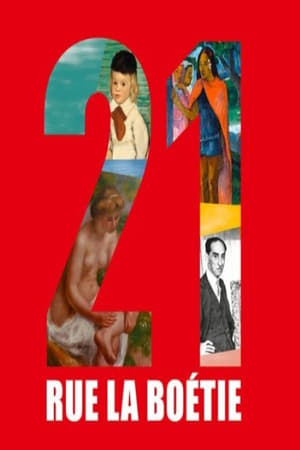

When the Impressionists Discovered Japan(2018)
From 1853, Japan opens up to the West. Numerous works of art and woodcuts find their way to Europe. The Impressionists and later the European artistic avant-garde succumb to this one passion: Japonism. 150 years after the beginning of the Meiji period in 1868, the film traces the connections between Japan and the Western world.

Movie: When the Impressionists Discovered Japan

Quand les impressionnistes découvrent le Japon…
HomePage
Overview
From 1853, Japan opens up to the West. Numerous works of art and woodcuts find their way to Europe. The Impressionists and later the European artistic avant-garde succumb to this one passion: Japonism. 150 years after the beginning of the Meiji period in 1868, the film traces the connections between Japan and the Western world.
Release Date
2018-05-06
Average
0
Rating:
0.0 startsTagline
Genres
Languages:
Keywords
Similar Movies
 7.1
7.1The Arrival of a Train at La Ciotat(fr)
A group of people are standing along the platform of a railway station in La Ciotat, waiting for a train. One is seen coming, at some distance, and eventually stops at the platform. Doors of the railway-cars open and attendants help passengers off and on. Popular legend has it that, when this film was shown, the first-night audience fled the café in terror, fearing being run over by the "approaching" train. This legend has since been identified as promotional embellishment, though there is evidence to suggest that people were astounded at the capabilities of the Lumières' cinématographe.
 0.0
0.0Train Night View: Yurikamome at Night Round Trip Shimbashi to Toyosu(ja)
Tokyo Night Cruise on the Yurikamome Line The "Yurikamome" line, connecting Shimbashi and Toyosu, is popular for its scenic route past commercial facilities and high-rise buildings. Departing Shimbashi at dusk, the train curves right to Shiodome, then passes Takeshiba, Hinode, and Shibaura-futo stations before crossing the Rainbow Bridge. After the bridge, it enters Odaiba, where Mount Fuji’s silhouette is visible. This once-vacant area is now densely developed. The train passes Toyosu Market before reaching Toyosu. On the return journey, as darkness falls, the lights of Odaiba create a captivating glow. The vibrant nightscape, captured in high-definition 4K 10-bit HDR, provides a stunningly detailed experience.
 0.0
0.0Echigo World’s Largest Yon-shakudama Katakai Festival(ja)
The Katakai Festival, one of Niigata and Echigo's Three Great Fireworks Festivals, has a 400-year history. Held annually on September 9th and 10th in Katakai Town, it features fireworks dedicated to Asahara Shrine, filled with wishes and prayers. Highlights include Japan’s largest 'San-shakudama' and the world's largest 'Yon-shakudama,' which impress spectators with their grandeur. The small hill behind the launch site amplifies the fireworks' powerful bursts. This work condenses the festival's two-day fireworks displays. It captures the fleeting beauty of each firework, the vibrant rapid-fire starmine displays, and the grand 'San-shakudama' and 'Yon-shakudama' that fill the night sky, creating an emotional and resonant experience. Filmed in ultra-high-definition 4K/8K60P, it faithfully reproduces the grand fireworks and fine sparks. Enjoy the immersive experience with high-resolution audio at 96kHz24bit, emphasizing the fireworks' explosive sounds and echoes.
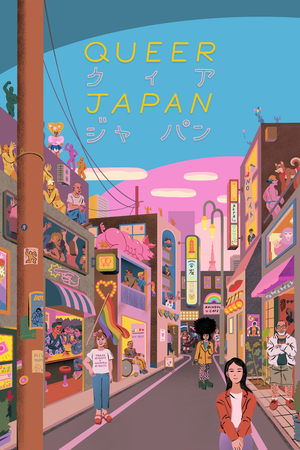 5.0
5.0Queer Japan(ja)
Trailblazing artists, activists, and everyday people from across the spectrum of gender and sexuality defy social norms and dare to live unconventional lives in this kaleidoscopic view of LGBTQ+ culture in contemporary Japan.
 0.0
0.01969 - Following Merckx(en)
1969. July the 15th. Stage 17 of the Tour de France. A brutal stage from Luchon to Mourenx covering four of the toughest mountains in the Pyrenees. On this fateful day, Eddy Merckx catapulted himself into the history books with one of the greatest solo breakaways the sport has ever seen. Fast forward over half a century, and GCN’s Simon Richardson is in the Pyrenees to pay tribute to The Cannibal by recreating his ride. To make the 220km epic even more challenging, Si will do it aboard his 1969 spec Faema team bike and wearing their iconic red and white jersey. Eddy Merckx made this ride look easy, but will Si even make it to the finish line?
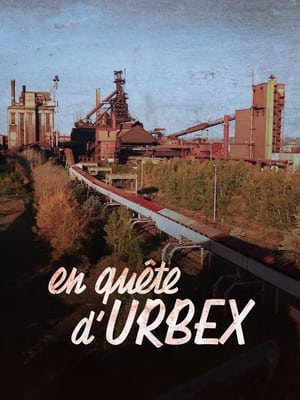 8.0
8.0In search of urbex(fr)
There are places in the world that are forgotten by everyone, places where time seems to have stopped, where nature seems to have won the battle. These places are the playgrounds of modern-day adventurers called urbexers. They explore, discover, and photograph the most emblematic abandoned sites in France with a single leitmotif: to prevent them from falling into oblivion forever.
 4.0
4.0The Cultural History of Museums(de)
From the cabinets of curiosities created in Italy during the 16th century to the prestigious cultural institutions of today, a history of museums that analyzes the social and political changes that have taken place over the centuries.
A Day in the Life of French Cinema(fr)
Documentary showing one day of work of over 90 actors and filmmakers from French cinema on the same day. On 27 March 2002, 27 teams filmed actors, directors, producers and technicians at work, from Hawaii to Paris and from New York to Lisbon.
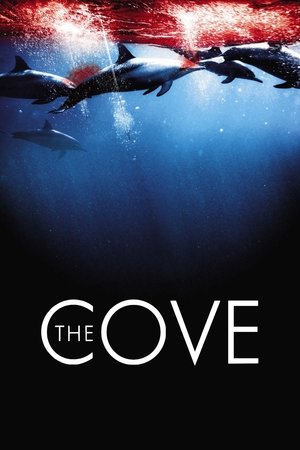 7.9
7.9The Cove(en)
The Cove tells the amazing true story of how an elite team of individuals, films makers and free divers embarked on a covert mission to penetrate the hidden cove in Japan, shining light on a dark and deadly secret. The shocking discoveries were only the tip of the iceberg.
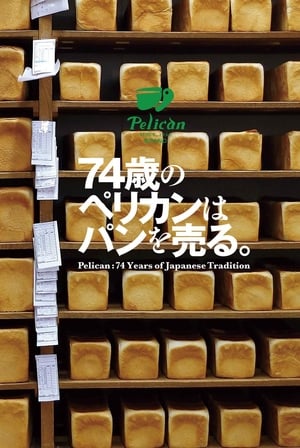 6.0
6.0Pelican: 74 Years of Japanese Tradition(ja)
Pelican, a bakery located at Asakusa, Tokyo, becomes crowded every morning. There are only two types of bread sold. It looks ordinary but meet a bakery that has been loved for 74 years with a taste you won't get tired of even if you eat it everyday!
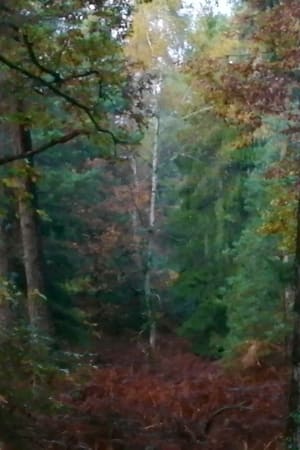 10.0
10.0Mes indésirables(fr)
"Before I left today, I almost forgot to answer a lot of e-mails."
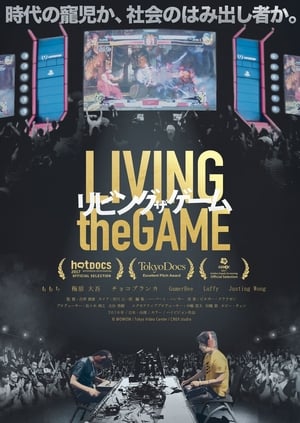 0.0
0.0Living the Game(ja)
In the world of computer games, there are players earning fight money as a PRO. They are sponsored by digital tool companies or beverage companies, and tour around the world to earn money in tournaments. This film goes over the days of Pro Gamers in Japan, USA, France and Taiwan.
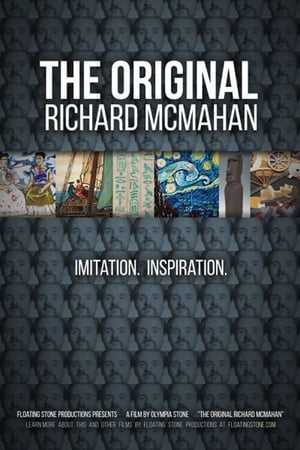 0.0
0.0The Original Richard McMahan(en)
The multi-talented outsider artist Richard McMahan is on a quest to painstakingly re-create thousands of famous and not-so-famous paintings and artifacts–in miniature.
 0.0
0.0Michel Foucault par lui-même(fr)
A voyage to the center of the thought of Michel Foucault (1926-1984), a tireless explorer of the margins, a brilliant and atypical thinker, through excerpts from his books and lectures, and the use of images that resonate with them.
Follow Me(en)
Documentary about two boys and a girl who travel to surfing spots around the world.
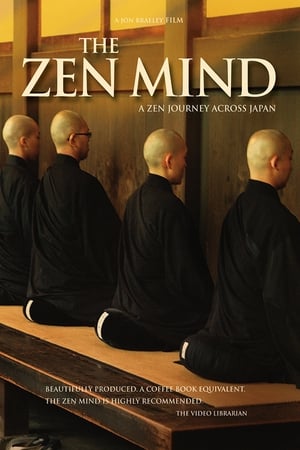 8.0
8.0The Zen Mind(en)
In the last fifty years the culture of Zen has spread far beyond Japan. Zen centers and zen retreats have sprung up throughout America and Europe. When Dogen, the founder of Soto Zen, brought Zen to Japan from China 800 years ago, it quickly took root and became an integral part of Japanese life. Yet what do we know about zen practice in Japan today? The Zen Mind is a fascinating journey across Japan to explore zen in its natural habitat.

